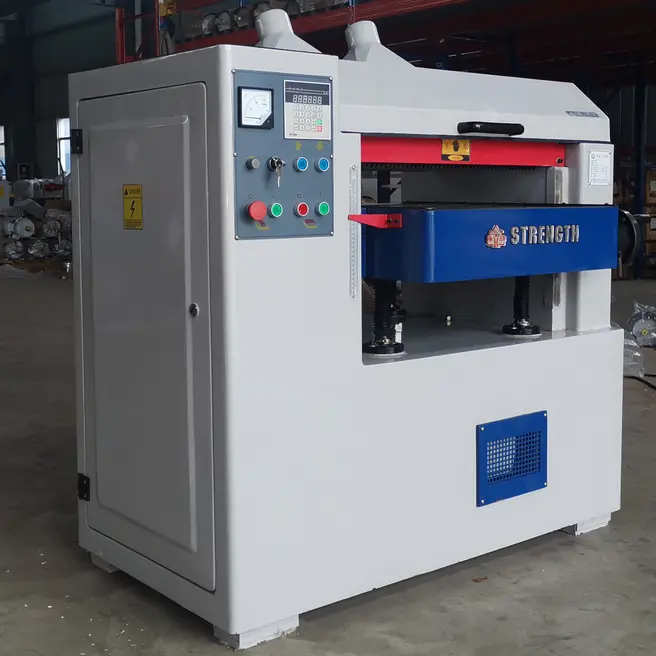A wood joiner is an essential tool for any woodworking hobbyist or professional. They are used to create a smooth, flat surface on wood, which makes them essential for creating strong and seamless joints in woodworking projects. In this guide, we’ll explore what wood jointers are used for, the different types available, and how to choose the right wood jointer for your woodworking needs.
What is a wood jointing machine used for?
Timber jointing machines are primarily used to flatten and straighten the edges of wooden boards to create a smooth and even surface, which is essential for creating strong and seamless joints. They are commonly used in woodworking projects such as architectural furniture, cabinets, and other wood structures that require precise, seamless joints.
In addition to straightening boards and straightening boards, wood jointers can also be used to create rabbets, bevels and chamfers, adding to the versatility of their functionality. They are also crucial to ensuring that the edges of the board are perfectly square, which is essential for creating a strong and stable joint.
Types of woodworking joints
There are several types of wood jointing machines available, each with its own unique features and capabilities. The most common types include:
1. Desktop Jointing Machines: These compact, portable jointing machines are ideal for small woodworking shops or hobbyists with limited space. They are designed to be placed on a workbench and are suitable for working with smaller pieces of wood.
2. Enclosed Connectors: These larger, sturdier connectors are designed for professional woodworking shops and larger projects. They come with enclosed stands for added stability and often have longer beds to handle larger boards.
3. Open Stand Connector: Similar to the closed stand connector, the open stand connector is designed for professional use and large projects. They feature an open stand design, making them easier to move around the workshop.
4. Combination jointers: These versatile jointers combine the functions of a jointer and a planer, allowing users to flatten and straighten boards and adjust their thickness to desired dimensions.
Choose good woodworking joints
When choosing a good wood joiner, there are several factors to consider to ensure you choose the right tool for your woodworking needs. Here are some key considerations to remember:
1. Length of the bed: The length of the jointer’s bed will determine the size of the panels it can handle. For larger projects, having a longer bed of connectors is essential to ensure you can use longer pieces of wood.
2. Cutterhead type: There are two main types of cutterheads used in wood jointing machines: spiral cutters and straight cutters. Spiral cutterheads are known for their superior cutting performance and reduced noise, while straight-knife cutterheads are cheaper and easier to maintain.
3. Fence Adjustability: A good wood joiner should have a strong and adjustable fence that allows for precise positioning. Look for connectors with rails that can be easily adjusted for different angles and positions.
4. Dust removal: Carpenters generate a lot of dust, so it is important to choose a jointer with an effective dust removal system to keep your workshop clean and safe.
5. Power and motor size: The power and motor size of a wood jointing machine will determine its cutting capabilities and performance. Consider the type of wood you will be working with and choose a jointer with a motor that can handle the workload.
All in all, a wood joiner is an essential tool for any woodworking project that requires precise, seamless joints. By understanding what wood jointers are used for, the different types available, and how to choose a good wood jointer, you can make sure you have the right tool for your woodworking needs. Whether you are a hobbyist or a professional woodworker, investing in a quality wood jointer will help you achieve high-quality results on your woodworking projects.
Post time: Mar-15-2024

